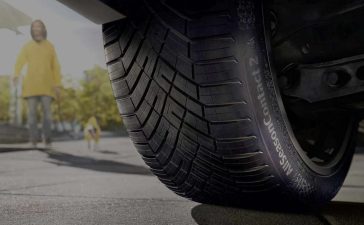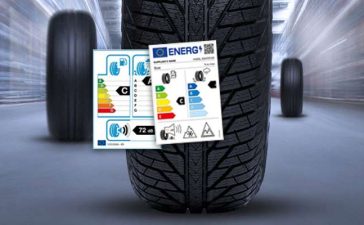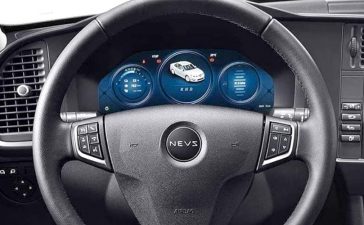For years all over the world, and especially in locations with harsher climate conditions during the summer and more abundant rainfall, All-Season Tires are becoming more and more popular. For a long time now, All-Season tires have been the basis of drivers’ choice in the server hemisphere, almost in all of Europe and Server America.
This trend is also indicated by the ever-increasing selection of All-Season tires offered by all tire manufacturers, who offer various All-Season tire models and tire sizes. At the same time, there are fewer and fewer critics of this type of tire, which they claimed were inadequate to meet all driving requirements in winter and summer driving conditions.
There are more and more reasons for the increasing popularity of All Weather tires, first and foremost the ratio of what was invested in relation to what was obtained, i.e. a good relation of price in relation to usability in various driving conditions, throughout the year. The next argument for the increasing use of All Season tires is the fact that winters globally are getting warmer and with less snow and other precipitation, so many drivers use winter tires extremely rarely in snow and at very low temperatures.
And finally, with the development of All-Season technology, All Season tires have advanced significantly and now they can fulfill different tasks in different conditions. Of course, it depends on the tire, but that’s why the driver must be informed before buying.
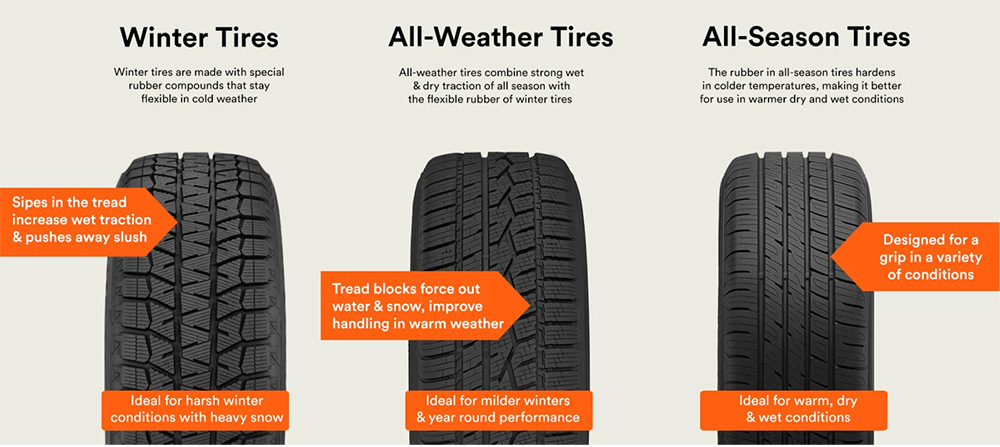
Table of Contents
- 1 What Are All Season Tires?
- 2 Are All-Season Tires Good for Snow
- 3 The latest models of All-Season tires are much better than before
- 4 Look at the tests of All Season tires, and only then decide to purchase them
- 5 The decision to buy an All Season tire is still up to you
- 6 All-Weather tires For the rest
What Are All Season Tires?
All-season tires are a type of tire that (should) work well in practice, both in winter and summer. However, it is wise to avoid them if you live in an area where winters can be harsh and unpredictable (the far north of Europe and America). If you only drive around town, this can be a pretty good compromise solution.
In Europe, this type of tire is generally more similar to specialized “winter tires” and less similar to summer tires, in terms of design, dry braking, durability and fuel efficiency. What should also be emphasized is that all-season tires will be noisier than summer tires when driving at higher temperatures, as well as that specialized tires will outperform them in every possible parameter, of course, when used in the appropriate season.
The “advantage” of all-season tires is that there is no need to buy two sets of tires. However, this is a pure illusion, because two sets of tires “share” the wear and tear during the year, so that with an equal investment, in the long run, they bring numerous advantages and a much safer ride. Basically, for those who mostly drive around town, this is a perfectly acceptable option.
Are All-Season Tires Good for Snow
For example, an all-season tire can fit side by side with real winter tires, but it will perform very poorly in summer on wet asphalt. The second tire will be great in summer on both dry and wet asphalt, while it will be very bad on snow. The third tire will have a great compromise in terms of characteristics in both winter and summer – but of course it will be noticeably worse than real summer tires in summer and real winter tires in winter.
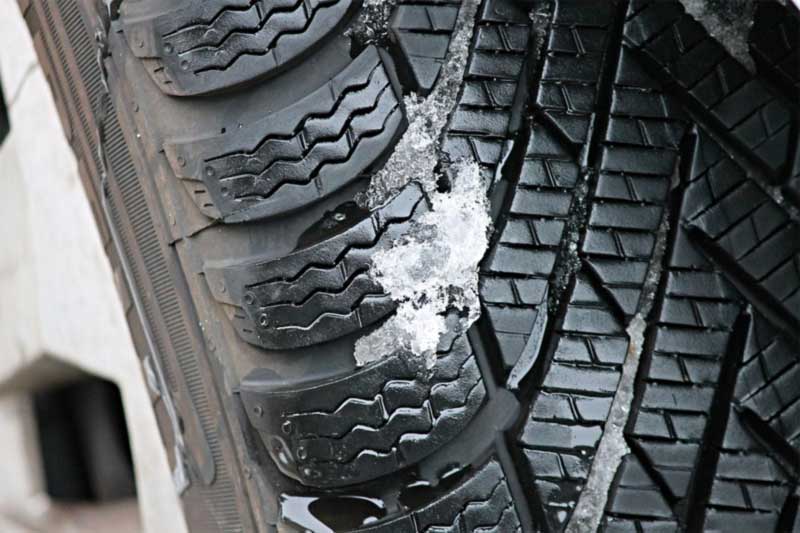
Compromises are inevitable
There are many such “combinations” because manufacturers approach this problem in different ways, so the end result can differ drastically. Therefore, there can be drastic differences between All-Season tires of different manufacturers and models. This is a fact confirmed by numerous tests.
This is exactly where the main problem lies! Not all All-Season tires are the same! When we take into account the behavior of the tire on dry and wet asphalt (with more or less water), at higher or lower temperatures, as well as various other characteristics, only then do we realize how difficult it is to make a quality All-Season, that is, a tire for all seasons.
Even when we include tire wear and tear, i.e. its life span, the situation becomes really awkward. The All Season tire must not harden too much at low temperatures in order to have good traction on snow and dry asphalt in the winter, but it must not become too soft in the summer either, so that the tread wears out too quickly.
The latest models of All-Season tires are much better than before
Today’s “universal tires” (some call them that, although it’s wrong) have improved drastically compared to the past. A big improvement is also noticeable compared to those that were used only 10 or 15 years ago, although the choice of “universal tires”, i.e. All Season tires, was significantly smaller then.
In general, technology and materials have advanced so much that today we have a really wide range of All Season, i.e. universal tires, which in a direct comparison surpass some of the cheapest real summer or winter tires.
Look at the tests of All Season tires, and only then decide to purchase them
If you are still interested in all-season tires, try to find as many tire tests as possible that fit your budget. Find as many of them as possible, compare the results and check which tire (of a certain brand) consistently achieves good results. It is also very important that you look at the results of all the tests, on different surfaces and in different conditions, and not just the final grade.
One tire can be fantastic in the snow and on dry roads, but to seriously fail in tests on wet asphalt. The other can have average characteristics in snow, while it will perform well in rainy conditions. Unfortunately, tests of the cheapest All Season tires are difficult or impossible to find, since they are rarely tested or they are disqualified at the start due to some very bad characteristics. For example, a well-known German Car magazine before the main test first checks how the tires brake on dry and wet asphalt – if they don’t pass, they are automatically disqualified.
The decision to buy an All Season tire is still up to you
It is difficult to give a universal answer to the question of whether all-season tires are worth it. For some drivers, they are a great solution, depending on the driving conditions, how powerful the car is, what kind of tire it is, etc. Other drivers are much better off having two sets of tires, summer and winter.
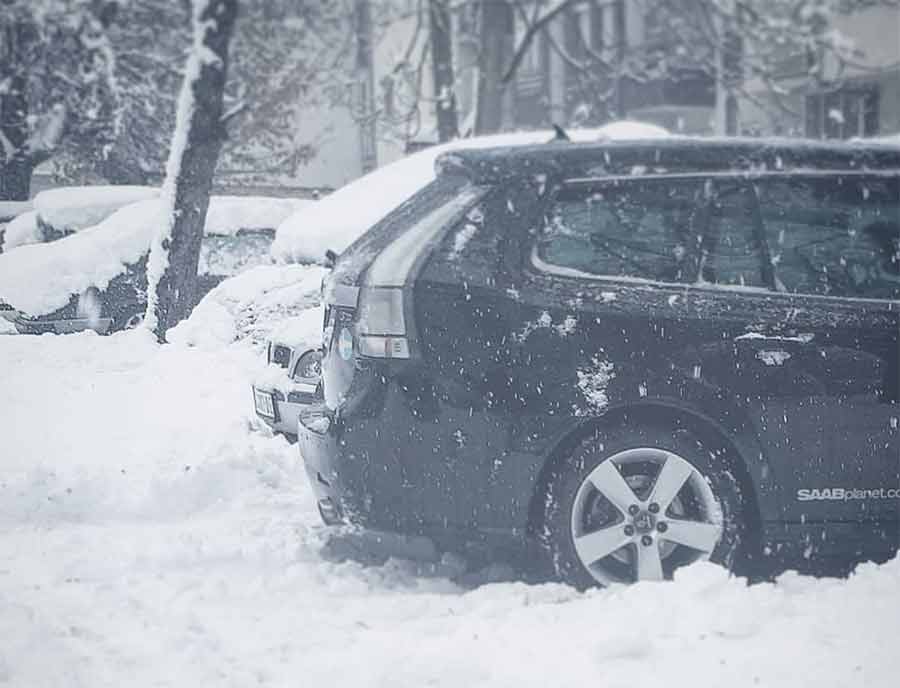
All-Season Tires for Saab Car Owners?
For example, if you have a powerful and heavy car like all modern Saab cars that weigh almost 2 tons with passengers and luggage, and you drive hard at the same time, and you buy one of the cheapest All- Season tires, you will almost certainly not be satisfied with their characteristics in the summer.
If you live in a location like Florida, you certainly don’t need all-season or all-season tires for your Saab. But, if you drive your Saab in northern regions, or if you live in hilly areas where a lot of snow falls – real winter tires are still a better choice for the winter period. With Saab cars, for severe winters and winters with a lot of snow, the right combination is Saab’s TCS (Traction control system), front-wheel drive and real winter tires with good tread depth.
All-Weather tires For the rest
For someone who spends almost all of his time behind the wheel in traffic jams and in a city where it doesn’t snow much, All Season tires can be an excellent choice.
As we said, compromises have to be made with all-season tires, and what those compromises are depends on the tire. Therefore, we advise you to look for tests and compare how each tire behaves on snow, on dry and wet asphalt, from braking to cornering.


